
False teeth (also known as dentures) are replacement teeth for people with no teeth remaining. These prosthetic devices can also be used in people who are missing some teeth from the upper or lower jaw (partial dentures). Artificial teeth are supported by nearby soft and hard tissues of the oral cavity. In majority of cases dentures are Removable.
Why To Replace Missing Teeth?
It is essential to replace the missing teeth. The reasons are not only cosmetic but also functional. Namely, if some teeth are missing the remnant teeth have space to move. They will eventually do that unless new teeth are inserted. Misalignment of teeth leads to discomfort and is associated with risk of decay and gum disease. Furthermore, a person's facial muscles may appear saggy due to which he/she looks much older. And finally, if missing teeth are not replaced one may have difficulties connected to speech and eating.
Are There Alternatives to False Teeth?
If one or two teeth are missing the dentist may recommend a bridge. A bridge includes an artificial tooth (or teeth) which actually fills the gap created by tooth loss. However, bridges are only recommended to people who require partial dentures. They are not able to completely replace all the missing teeth from the upper or the lower jaw. Apart from bridges another option for dentures is in a form of dental implants. Dental implants are false teeth attached to the metal frame which is built into the jaw bone.
Fitting a Denture
The first step in fitting a denture is taking an impression of the patient's jaw. What follows is making a denture with the assistance of this impression. Dentures are made of the acrylic material. After patient's teeth are removed his/her gums need some time to heal completely and the process can take up to several months. Since during this period of time the gums may shrink the dentures usually need to be realigned or even replaced. The goal is to achieve a correct fit. Full upper false teeth are easily kept in place and attached to the roof of the mouth with the assistance of a thin layer of saliva. On the other hand, full lower teeth are hard to keep in place and in order to achieve this a person may need some time to adapt. Partial dentures comprise a metal or a plastic frame. False teeth are attached to the frame and denture is kept in place with the assistance of small fastenings called metal clasps.


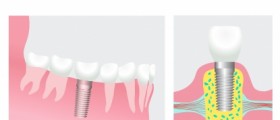

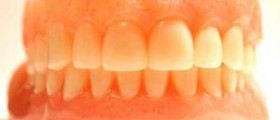




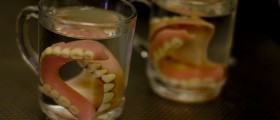
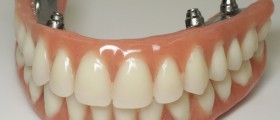
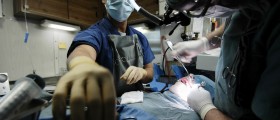
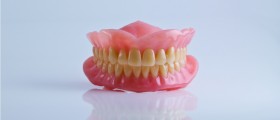
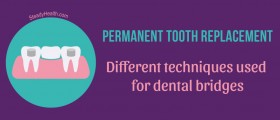
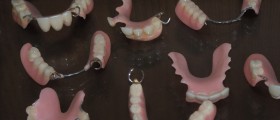

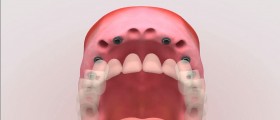
Your thoughts on this
Loading...